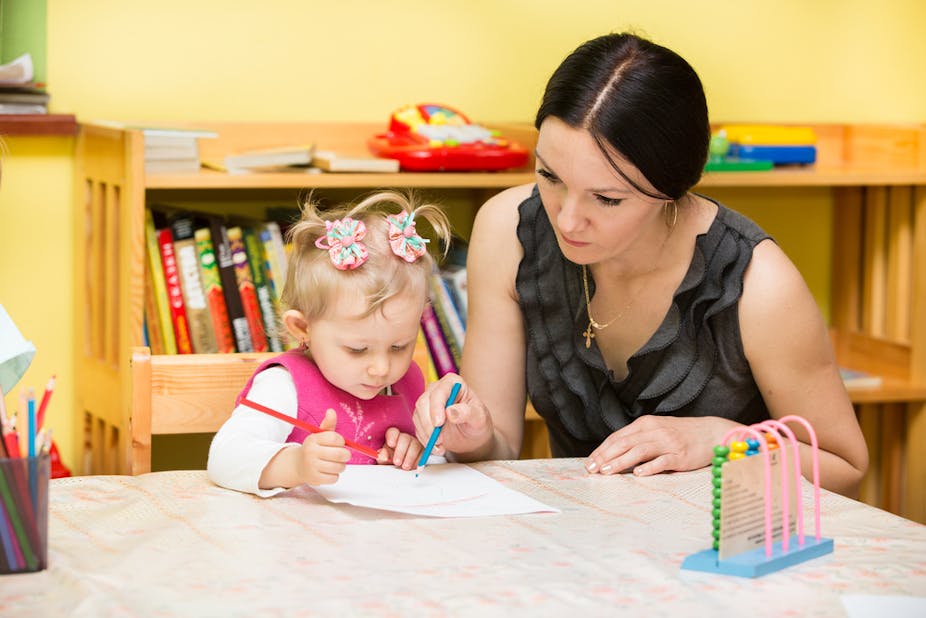All children aged three or four are currently entitled to 15 hours free childcare a week, for 38 weeks. In the recent Queen’s Speech, this was announced to increase to 30 hours. The aim is to provide affordable childcare and increase provision for working families. And more working families could lead to higher productivity.
Much of the focus since the announcement was made has been on how this can be funded and how much extra it will cost the state, given that it is argued that the current system of 15 hours is unsustainable. In economics speak, the main issue is therefore opportunity cost – in a given budget, what else must we give up if more childcare places are provided?
But what hasn’t been discussed yet is how this will benefit children, in terms of health for example.
Several academics have analysed the relationship between parental income and child health and found that in general, income is relevant for health up to the age of eight. Although it still important thereafter, the impact is at a lower rate. This is potentially because early years are most important in setting up a healthy lifestyle that will be embedded into a child’s life going forward. Indeed, another study using UK data showed the impact is most prominent before age two.

The 2010 public health white paper, Healthy Lives, Healthy People, emphasised the importance of giving all children a healthy start in life.
Research to date has generally tested the relationship across four age groups, 0-3, 4-8, 9-12 and 13-17. My colleagues and I have been performing our own analysis on UK data and have found that income does indeed matter mostly up to age eight, and continues to be important up to the age 12, but decreases in relevance thereafter.
Why just three and four-year-olds?
There also seems to be a cohort effect from 2010 onwards; since then there has been an increasing effect of parent’s income on health for children aged 0-2. That is, more income is required to obtain the same level of health for those children born before 2010 (even with taking inflation into account). This raises another question, why is the focus of the new childcare hours on those aged three and four only?
Health income inequalities are evolving for children in England. The 0-2 age group is viewed as an important window of opportunity to make long term impacts on child nutritional status and health.
From October 2015, local authorities will take over responsibility for planning and paying for public health services for babies and children up to age five, with the aim of reducing health inequalities in each area. The impact of this, merged with doubling childcare hours, remains to be seen.
Further research will be needed to understand the mechanisms between income and health behaviour and outcomes, but my overall conclusion is there is still a need to integrate equal benefits for all when setting priorities.
There is a need to widen the focus of doubling childcare hours to the predicted impact on future health and productivity of these children, and not just on the current productivity of working parents.

